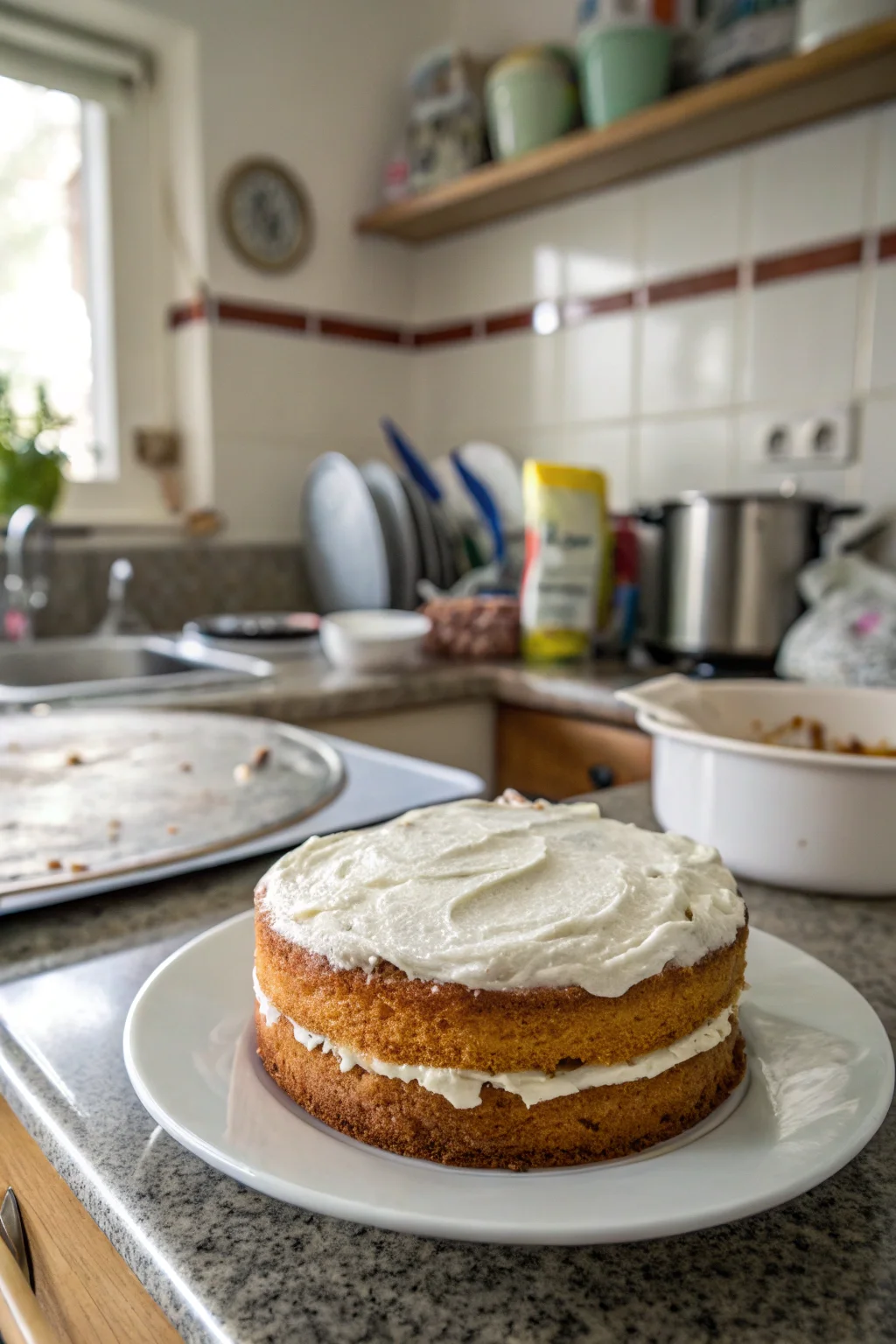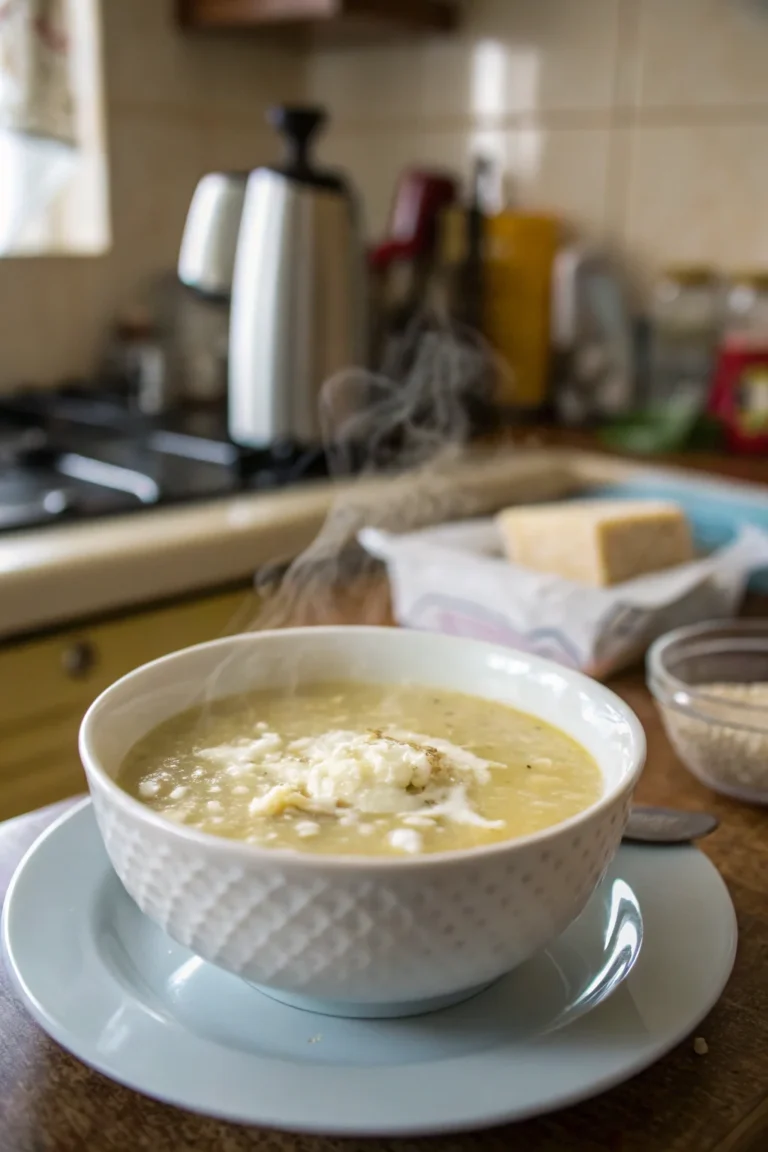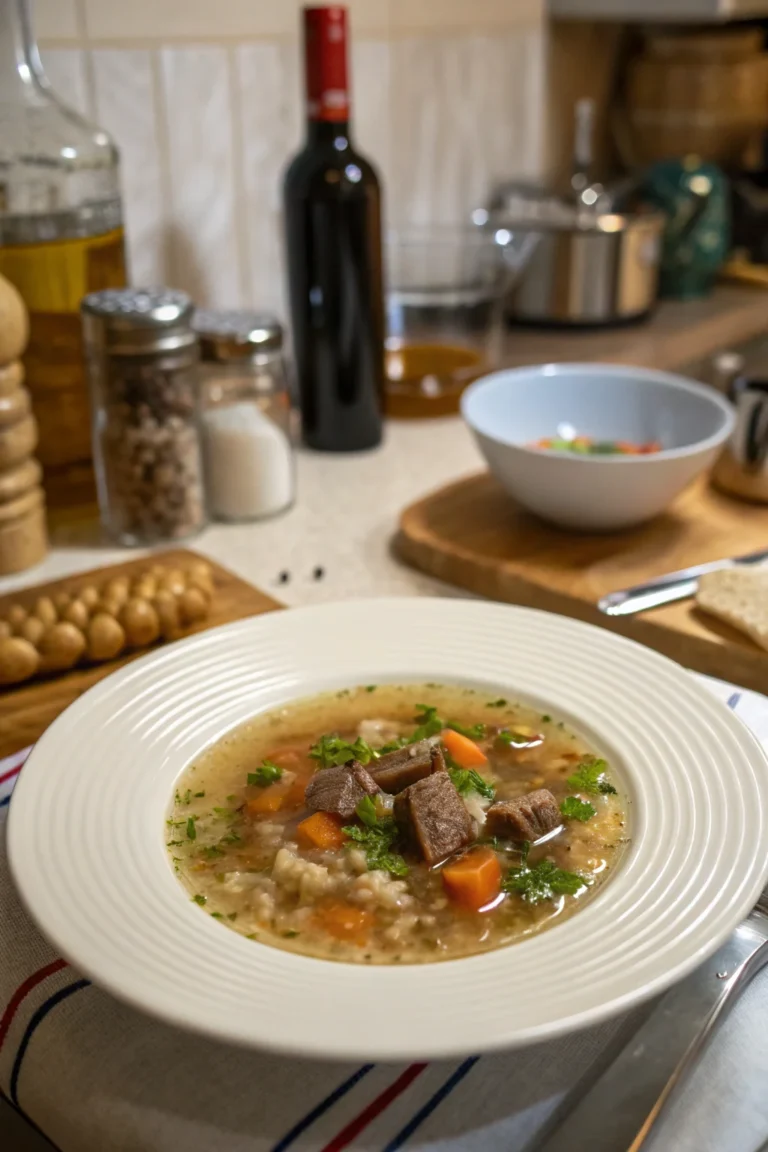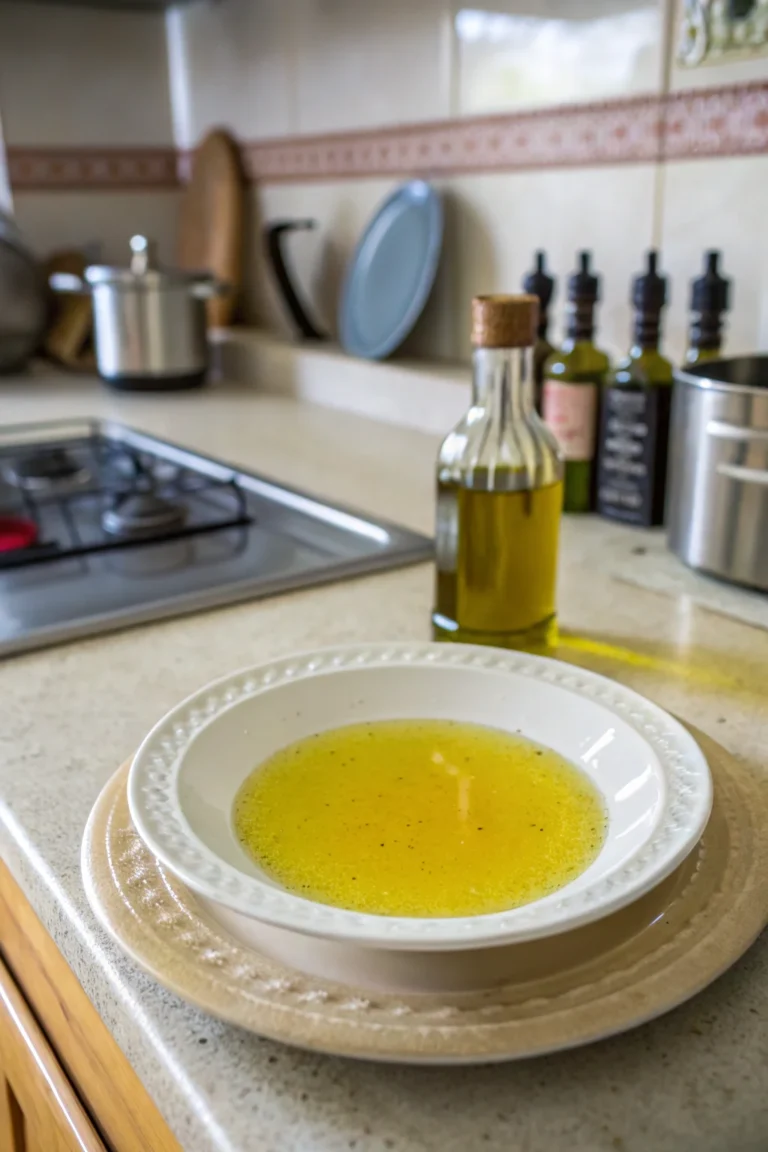Can You Freeze Cake with Frosting? | Storage Guide
Freezing a cake with frosting can be a fantastic way to preserve your culinary creation for future enjoyment. Whether you’ve baked a cake for a special occasion or you just want to savor your favorite dessert later, understanding how to freeze it properly is key. In this guide, we answer all your questions about freezing cakes with frosting, ensuring they stay as delicious as the day you made them.
Table of Contents
Can You Freeze a Cake with Frosting?

Yes, you can freeze a cake with frosting. Freezing helps maintain its freshness while preventing waste. However, some frostings freeze better than others. Buttercream and cream cheese frostings generally freeze well, whereas whipped cream or meringue-based frostings may not retain their texture. To freeze a cake with frosting properly:
Cool the Cake Completely: Before you even think about freezing, make sure your cake is completely cooled. This step is crucial to prevent condensation, which can lead to sogginess. A cooling rack can be particularly useful for allowing air to circulate around the entire cake, ensuring it cools evenly and thoroughly.
Wrap Tightly in Plastic Wrap: Use several layers of plastic wrap to ensure the entire cake is covered. This prevents the cake from absorbing any unwanted freezer odors or flavors. When wrapping, start from one end and work your way around the cake to avoid leaving any gaps. Press the plastic wrap gently against the frosting to secure it without damaging the decoration.
Add Extra Protection: After wrapping in plastic, either wrap it again with aluminum foil or place the cake in an airtight container. This extra layer of protection helps keep out moisture and air, which can cause freezer burn. An airtight container is especially recommended if you plan to store the cake for longer periods, as it provides a more consistent barrier against the external environment.
How Long Can You Freeze a Cake with Frosting?
A cake with frosting can be frozen for up to three months. Beyond this period, the cake may begin to lose flavor and texture as the quality diminishes. To ensure maximum freshness:
Label the Cake: Always label your cake with the date it was frozen. This will help you keep track of how long it’s been in the freezer. Use a permanent marker on a piece of masking tape or a freezer label to ensure it stays legible over time.
Optimal Freezer Temperature: Make sure your freezer is set at 0°F (-18°C) or lower. This helps maintain the cake’s quality and prevents spoilage. Regularly check your freezer’s temperature to ensure it remains consistent, as fluctuations can affect the quality of frozen goods.
Does Freezing Affect the Taste or Texture of Frosted Cake?
Freezing can slightly alter the texture of the cake, making it denser. However, with proper wrapping and storage, these effects can be minimized. Frostings like buttercream generally maintain their taste and texture well, while whipped frostings may separate or become grainy after thawing. To counteract any texture changes:
Thaw Gradually: Move the cake to the refrigerator to thaw slowly. This helps maintain the cake’s structure and prevents the frosting from becoming too soft or runny. Gradual thawing allows the cake to absorb any moisture that forms during the thawing process, keeping it moist and delicious.
Room Temperature Finish: After thawing in the refrigerator, let the cake sit at room temperature for about 1-2 hours before serving. This allows the flavors to fully develop and the frosting to regain its original texture. For best results, cover the cake loosely with a piece of foil or a cake dome to protect it from dust and other particles while it acclimates to room temperature.
What’s the Best Way to Wrap a Frosted Cake for Freezing?
Correct wrapping is crucial to prevent freezer burn and preserve flavor. Here’s how to do it effectively:
Firm Up the Frosting: Before wrapping, chill the cake in the fridge for about an hour. This step helps the frosting firm up, making it less likely to smudge or be damaged during wrapping. This is particularly important for cakes with intricate frosting designs that you want to preserve.
Wrap Tightly in Plastic Wrap: Use a high-quality plastic wrap and cover the entire cake. Be sure there are no gaps where air can enter. Consider double-wrapping for an added layer of protection, especially for longer storage.
Extra Protection with Foil or Container: For additional protection, wrap the cake with a layer of aluminum foil or place it in a sealed, airtight container. Containers with a snap-lock lid are particularly effective at maintaining an airtight seal.
Ensure a Tight Seal: Check all edges and corners to make sure no air can reach the cake. If using a container, ensure the lid is properly fastened and that there’s no space for air to leak in.
Can You Freeze a Cake with Cream Cheese Frosting?

Yes, cream cheese frosting can be frozen, and it generally maintains its taste and texture well. Here’s how:
Cool the Cake: As with all frosted cakes, ensure the cake is completely cooled before freezing. This prevents condensation, which can lead to sogginess or ice crystal formation within the frosting.
Wrap Carefully: Use plastic wrap to cover the entire cake, ensuring every part is sealed. Pay extra attention to the edges where frosting may be less stable.
Use an Airtight Container: For extra protection, place the wrapped cake in an airtight container before freezing. This helps prevent any freezer odors from affecting the cake and maintains its delicate flavors.
When you’re ready to enjoy the cake, move it to the refrigerator for a slow thaw, allowing it to come to room temperature before serving for the best taste and texture.
How Do You Thaw a Frozen Cake with Frosting?
To thaw a frozen cake without compromising its quality, follow these steps:
Refrigerate First: Transfer the cake from the freezer to the refrigerator and let it thaw slowly. Ideally, you should allow it to thaw for at least 24 hours. This gradual thawing helps the cake retain its moisture and prevents the frosting from becoming too soft too quickly. If you’re in a rush, you can reduce this time slightly, but slower is always better for texture.
Bring to Room Temperature: About 1-2 hours before serving, take the cake out of the refrigerator and let it sit at room temperature. This step helps ensure the cake tastes fresh and the frosting has the right consistency. If the cake was stored in a container, remove the lid but keep it loosely covered to protect it while it adjusts to room temperature.
Can You Refreeze Cake with Frosting?
Refreezing a cake with frosting is not recommended. Repeated freezing and thawing can lead to texture degradation, affecting both the cake and frosting. If you anticipate not finishing the cake in one sitting, it’s best to:
- Portion the Cake: Before the initial freeze, cut the cake into portions. This allows you to thaw only what you need, avoiding the need to refreeze leftovers. Use a sharp knife to make clean cuts, which will help keep the slices tidy and prevent crumbs.
What Types of Frosting Are Best for Freezing?
The best frostings for freezing include:
Buttercream: Known for retaining its creamy texture and rich flavor even after freezing, buttercream is an ideal choice for cakes you plan to freeze. Its fat content helps it maintain stability and prevents it from becoming too crumbly or dry.
Cream Cheese: This frosting also freezes well but should be consumed within a month for the best taste experience. Its tangy flavor remains intact, making it a popular choice for carrot cakes or red velvet cakes.
It’s advisable to avoid freezing cakes with whipped cream or meringue frostings, as they may separate or become grainy after thawing, losing their fluffy consistency.
Can You Freeze Cupcakes with Frosting?
Yes, you can freeze cupcakes with frosting. The process is similar to freezing a full cake, and it helps keep your cupcakes fresh and delicious:
Firm Up the Frosting: Chill the cupcakes briefly in the fridge to firm up the frosting before wrapping. This is especially important for cupcakes with tall frosting peaks or elaborate designs.
Wrap Individually: Wrap each cupcake individually in plastic wrap. This prevents them from sticking together and makes it easier to thaw only what you need. Individual wrapping also helps maintain the frosting’s shape and prevents it from being crushed.
Use an Airtight Container: Place the wrapped cupcakes in an airtight container to protect them from freezer burn and to keep them fresh for several weeks. Line the container with a layer of parchment paper for an added level of protection.
This method helps preserve the cupcake’s integrity and taste, ensuring each bite is as delightful as the day they were made.
How Should You Store a Cake with Frosting in the Fridge?
When storing a frosted cake in the fridge, proper storage is essential to maintain its freshness:
Cover Properly: Use a cake dome or an airtight container to cover the cake. This helps prevent it from drying out and protects it from absorbing any odors from other foods. If you don’t have a cake dome, a large overturned bowl can also work in a pinch.
Avoid Strong Odors: Keep the cake away from strong-smelling foods in the fridge, as cakes can easily absorb these odors. Try to store it in a designated area away from items like onions or garlic.
Consume Quickly: Aim to eat the refrigerated cake within 3-5 days for the best taste and texture. Refrigeration helps maintain freshness but can dry out the cake if not properly sealed. If the cake seems a bit dry, you can lightly brush the layers with a simple syrup before serving to add moisture back in.
Is It Better to Freeze a Cake Before or After Frosting?
Freezing a cake before frosting can sometimes lead to better results because the frosting can be applied fresh before serving, maintaining its ideal texture and flavor. However, if you choose to freeze after frosting:
Ensure Frosting is Suitable: Make sure the frosting you’re using is one that freezes well, such as buttercream or cream cheese. This will ensure that it maintains its texture and flavor after thawing.
Follow Proper Wrapping Techniques: Use the recommended wrapping methods to maintain the cake’s quality and prevent freezer burn. Double-check all seals and closures before placing the cake in the freezer.
What Mistakes Should You Avoid When Freezing a Cake with Frosting?
Avoid these common mistakes to ensure your cake remains delicious:
Improper Wrapping: Failing to wrap the cake properly can lead to freezer burn and flavor loss. Always use multiple layers of protection. Consider using a vacuum sealer for an airtight wrap that will keep out any air.
Using Unfreezable Frostings: Not all frostings freeze well. Avoid using frostings like whipped cream or meringue, which can separate or become grainy. Stick to the frostings known for their resilience in the freezer.
Quick Thawing: Avoid quick thawing at room temperature, as it can ruin the texture of both the cake and frosting. Patience is key to maintaining the cake’s quality.
How Can Freezing Affect Cake Decorations?
Freezing can affect decorative elements like fondant or sugar flowers. These decorations may become sticky, lose their shape, or even melt slightly upon thawing. If your cake has intricate decorations:
- Add Decorations After Thawing: Consider adding these decorative elements fresh after the cake has thawed to preserve their appearance and integrity. For edible flowers or delicate sugar work, prepare these separately and add them just before serving.
Conclusion
Freezing a cake with frosting is a convenient way to enjoy your favorite desserts at a later date while minimizing waste. By following these guidelines, you can ensure your cake retains its taste and texture. For more kitchen tips, visit our Cake Baking Tips or Frosting Guide. For more detailed information on cake storage, you can also check out this external guide by King Arthur Baking.
Whether you’re a seasoned baker or a casual enthusiast, understanding the nuances of freezing cakes with frosting can make all the difference in preserving your culinary masterpieces.






